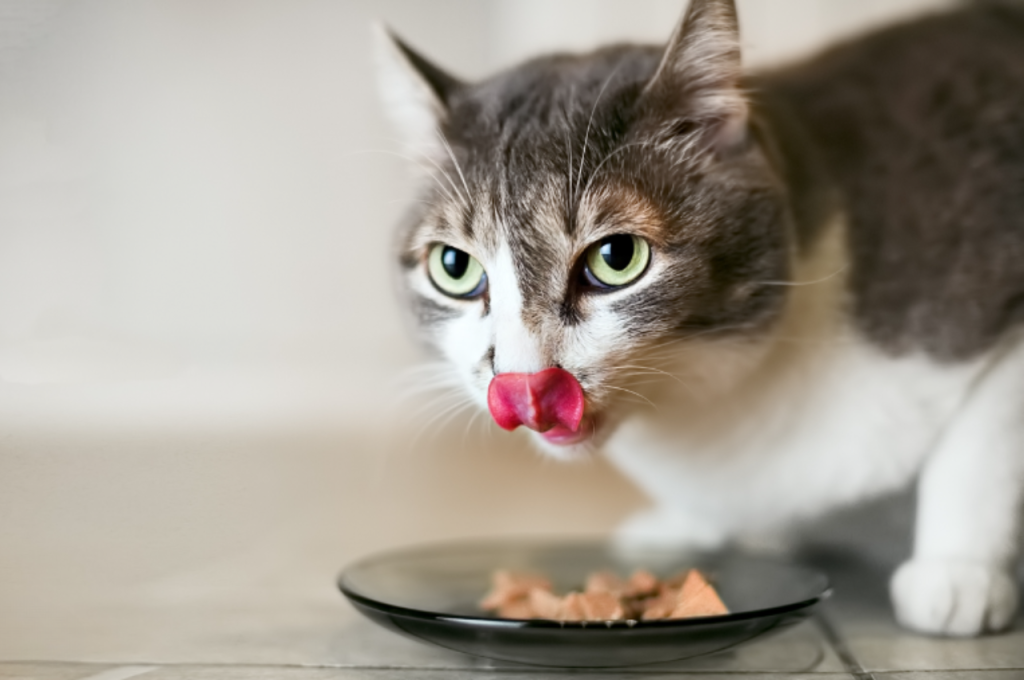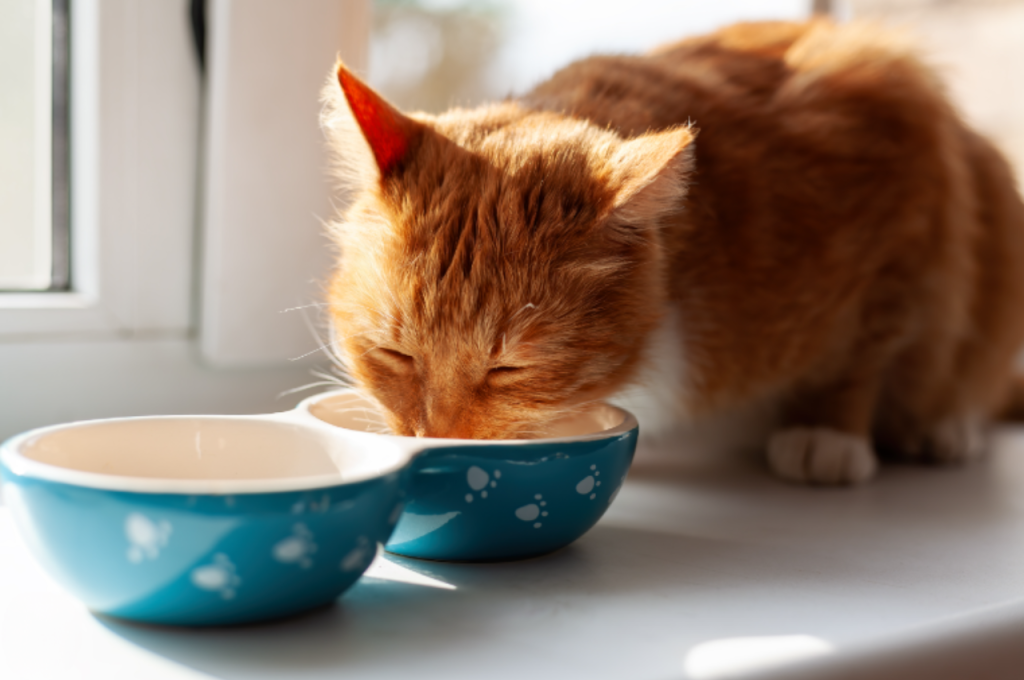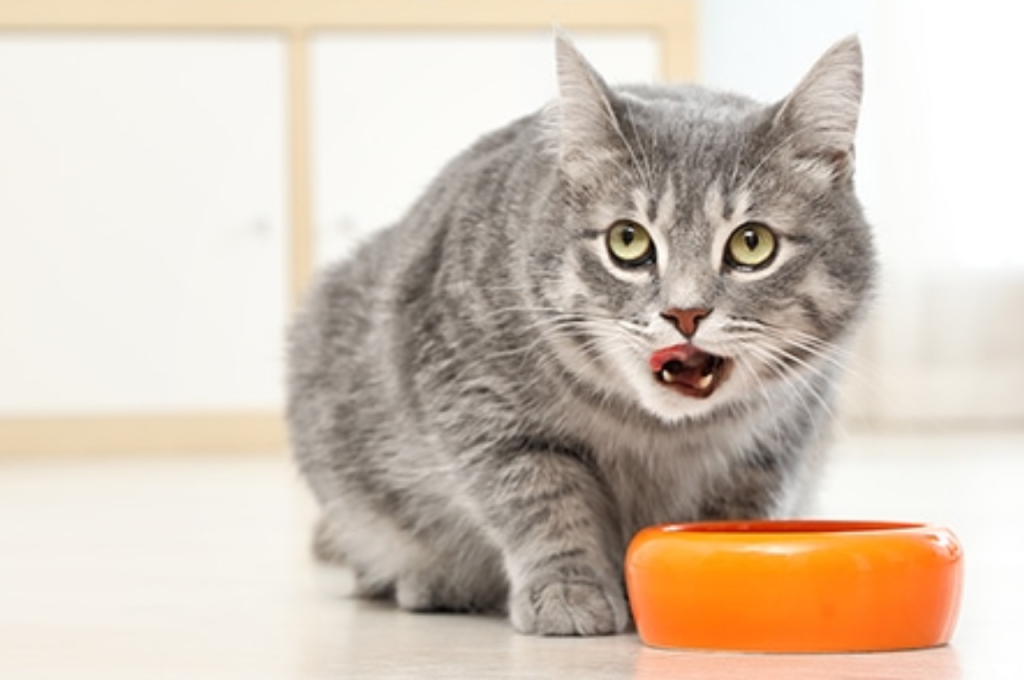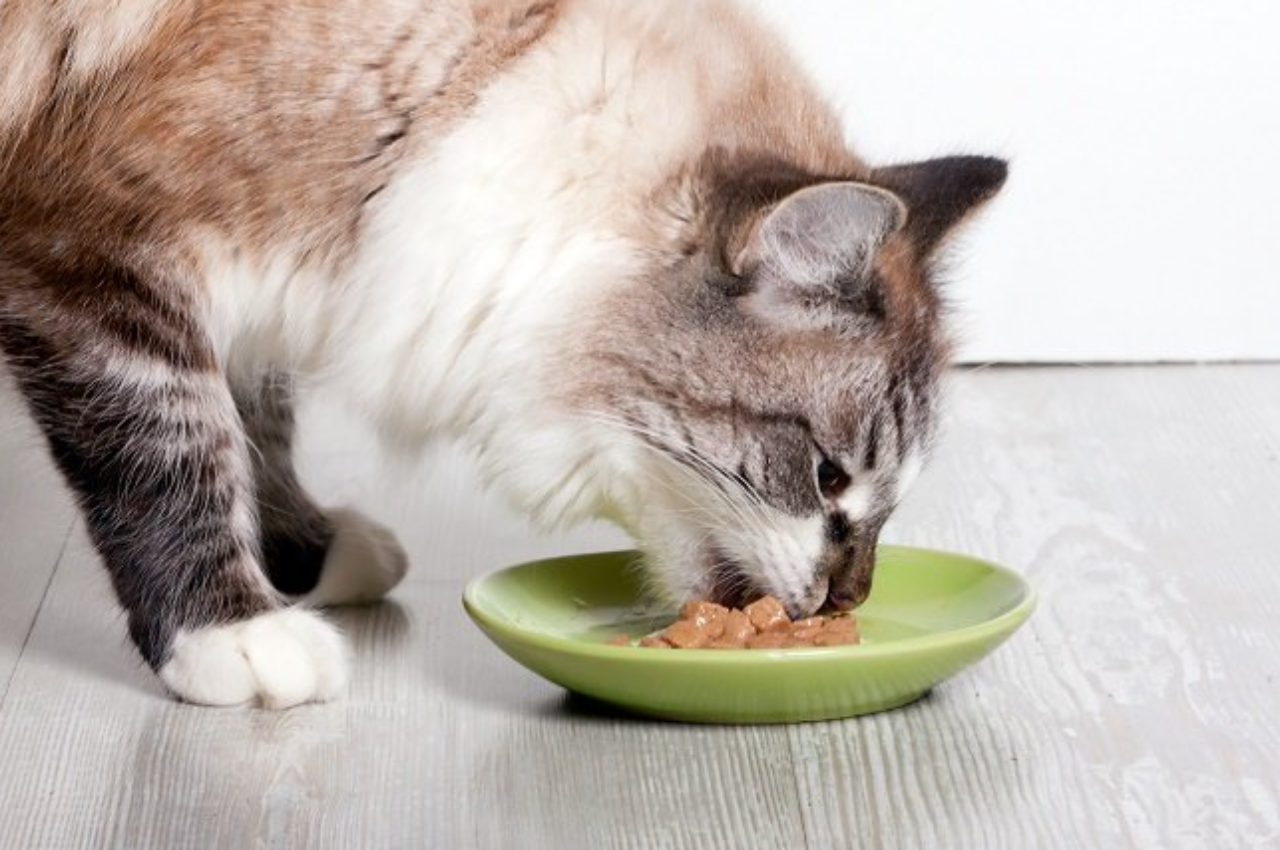To cook liver for cats, start by slicing it into small pieces and then boiling it until it is fully cooked.
Exploring Liver Benefits
One of the most nutritious and beneficial foods for cats is liver. It provides a wide range of essential nutrients that contribute to their overall health and well-being. In this section, we will delve into the nutritional value of the liver and highlight the importance of including it in your cat’s diet.

Nutritional Value of Liver
The liver is a highly nutritious organ meat that offers numerous health benefits to cats. It is an excellent source of essential vitamins and minerals, including:
- Vitamin A: The liver is exceptionally rich in vitamin A, which is crucial for maintaining healthy eyesight and promoting a strong immune system.
- Vitamin B: The liver contains various B vitamins such as B12, B6, and niacin, which play a vital role in energy metabolism and overall cell function.
- Iron: This essential mineral helps in the production of red blood cells and is essential for oxygen transport throughout the body.
- Zinc: The liver is an abundant source of zinc, which supports a healthy immune system and aids in wound healing.
Besides these nutrients, the liver also contains a good amount of protein, which is essential for muscle development and growth.
Importance of Liver in Cat’s Diet
The inclusion of the liver in a cat’s diet is highly beneficial for several reasons. Firstly, it provides a rich and natural source of essential nutrients that may be lacking in other foods. Secondly, the liver contributes to a healthier coat and skin, ensuring your feline friend looks and feels great.
In addition to its nutritional value, the liver can also help with the digestion of other foods. It contains enzymes that aid in breaking down and absorbing nutrients, leading to better overall digestion and nutrient utilization.
Moreover, the liver is an excellent choice for cats with dietary sensitivities or allergies. It is a hypoallergenic food that is generally well-tolerated, making it suitable for sensitive stomachs.
However, it is important to note that while the liver offers numerous benefits, it should only be given to cats in moderation. Excessive consumption of the liver can lead to vitamin toxicity due to its high vitamin A content. Therefore, it is recommended to consult with your veterinarian to determine the appropriate amount of liver to incorporate into your cat’s diet.
To summarize, the liver is a powerhouse of essential nutrients, including vitamins, minerals, and protein, that contribute to your cat’s overall health. By including the liver in their diet, you are providing them with a natural and beneficial source of nutrition that promotes their well-being.
Choosing the Right Liver
When it comes to cooking liver for your cats, choosing the right type of liver is crucial to ensure their health and well-being. Here’s a guide on how to make the best choice when selecting liver for your feline companion.
Fresh vs. Frozen Liver
Fresh liver is typically more flavorful and has a better texture compared to frozen liver. However, frozen liver can be more convenient to store and may be more readily available. When choosing between the two, consider the availability and the convenience of each option while keeping in mind the freshness of the liver for your cat’s health.
Organic vs. Conventional Liver
Organic liver is free from synthetic pesticides, hormones, and antibiotics, making it a healthier option for your feline friend. On the other hand, conventional liver may contain these additives, which can be harmful to your cat’s health. Opting for organic liver ensures that your cat consumes high-quality, wholesome food without any harmful additives.
Preparation Tips
When preparing liver for your feline friend, it’s crucial to ensure that you handle the organ meat with care. Proper preparation not only guarantees your cat’s safety but also optimizes the flavor and nutritional value of the liver. Here are some essential preparation tips to consider before cooking liver for your cat.
Cleaning and Trimming Liver
Before beginning the cooking process, it’s important to thoroughly clean the liver under running water. Use a sharp knife to carefully trim off any visible connective tissues, blood vessels, or membranes from the liver’s surface. This step helps eliminate any leftover impurities and enhances the overall taste and texture of the liver for your cat’s consumption.
Cutting Liver into Bite-sized Pieces
After cleaning and trimming the liver, it’s time to cut it into bite-sized pieces suitable for your cat. Using a clean cutting board and a sharp knife, slice the liver into small, manageable portions. Remember to remove any excess fat, and ensure that the pieces are of a suitable size for your feline’s consumption. Smaller pieces make it easier for the cat to chew and digest the liver without any discomfort.
Simple Liver Recipes
When it comes to giving your feline friend a nutritious, flavorful treat, the liver is a fantastic option. With its high protein and vitamin content, it’s no wonder why many cat owners opt for simple liver recipes. Below, we’ll explore a couple of tasty and easy-to-prepare liver recipes that your cat is sure to love.

Basic Liver Treat Recipe
For a quick and wholesome treat, you can start with a basic liver recipe. This recipe involves boiling the liver until it’s cooked through, then cutting it into small, bite-sized pieces. This is a simple yet delightful option for your cat’s palate. Here’s a straightforward step-by-step guide to preparing the basic liver treatment:
- Boil the liver in water until fully cooked.
- Allow it to cool, then cut into small, bite-sized pieces.
- Offer a small portion as a healthy, protein-packed treat to your cat.
Liver and Veggie Stew Recipe
For a heartier option that includes some nutritious vegetables, consider preparing a liver and veggie stew for your cat. This recipe provides a good balance of proteins and essential nutrients. Follow these simple steps to whip up this flavorful stew:
- Cook the liver until tender, then chop it into small pieces.
- Steam or boil a small amount of vegetables such as carrots or peas.
- Mix the cooked liver and veggies in a bowl, and allow it to cool to room temperature before serving.
- Present this nutrient-rich stew as a satisfying and tasty meal for your cat.
Advanced Liver Recipes
If you’re looking to elevate your cat’s dining experience, these advanced liver recipes are sure to please. Make mealtime special with delicious liver pate or a comforting liver and rice congee. Your feline friend will be licking their whiskers in delight!
Liver Pate Recipe
Bold and flavorful, this liver pate recipe will make your cat drool with anticipation. It’s easy to make and packed with nutrients to support your cat’s health.
- In a small saucepan, gently sauté 4 ounces of chicken liver until cooked through.
- Remove the liver from the heat and let it cool.
- In a food processor, blend the cooked liver, 2 tablespoons of plain Greek yogurt, and a sprinkle of catnip or dried parsley.
- Blend until smooth and creamy.
- Transfer the liver plate to an airtight container and refrigerate for up to three days.
- Serve a small portion alongside your cat’s regular meal or as a tasty treat.
| Ingredients | Instructions |
| 4 ounces of chicken liver | Gently sauté until cooked through. |
| 2 tablespoons of plain Greek yogurt | Combine with cooked liver and blend until smooth. |
| Catnip or dried parsley (optional) | Add a sprinkle for added flavor. |
Liver and Rice Congee Recipe
Warm and soothing, this liver and rice congee recipe is perfect for cats with sensitive bellies or those recovering from illness. It’s gentle on the stomach and provides nourishment.
- In a pot, combine 1 cup of cooked white rice, 4 ounces of cooked chicken liver, and 2 cups of low-sodium chicken broth.
- Bring the mixture to a boil, then reduce the heat and let it simmer for about 20 minutes.
- Stir occasionally to prevent sticking.
- Remove from heat and let it cool before serving.
- Divide the liver and rice congee into small portions appropriate for your cat’s size.
- Store any leftovers in an airtight container in the refrigerator for up to three days.
| Ingredients | Instructions |
| 1 cup of cooked white rice | Combine with cooked chicken liver and chicken broth. |
| 4 ounces of cooked chicken liver | Mix with rice and broth in a pot. |
| 2 cups of low-sodium chicken broth | Simmer the mixture for 20 minutes, stirring occasionally. |
Incorporating Liver into Cat’s Diet
Incorporating liver into your cat’s diet can provide essential nutrients and variety to their meals, boosting their overall health and satisfaction. This nutrient-rich organ meat serves as a powerhouse of essential vitamins and minerals, promoting robust health and vitality in felines.
Frequency of Feeding Liver
Offer liver to your cat 1-2 times a week to provide the right balance of nutrients without overwhelming their system.
Balancing Liver With Other Foods
- Combine liver with lean meats, such as chicken or turkey, to create a well-rounded meal for your cat.
- Include vegetables and grains in your cat’s diet alongside liver to ensure they receive a diverse range of nutrients.
Remember to monitor your cat’s overall diet to avoid overloading them with liver, maintaining a balanced nutrition plan instead.
Health Considerations
While cats can derive significant nutritional benefits from consuming liver, it’s imperative to prioritize their health when integrating this food into their diet.
Monitoring Cat’s Reaction to Liver
Observe your cat post-liver consumption to ensure there are no adverse reactions such as vomiting or diarrhea.
Consulting A Vet for Advice
Seek guidance from a veterinarian before introducing the liver into your cat’s diet to prevent any health complications.
Final Thoughts
Looking for ways to cook liver for your cat? Whether it’s boiling, baking, or pan-frying, there are several methods to prepare this nutritious meal for your feline friend. Just make sure to cook the liver thoroughly and avoid using any seasoning or additives that could be harmful to cats.

Benefits of Homemade Liver Meals
When it comes to nourishing our beloved feline friends, there are several benefits to serving homemade liver meals. For starters, preparing meals for your cat allows you to have complete control over the ingredients, ensuring that they receive the freshest and highest quality nutrition possible. Homemade liver meals also offer the advantage of customization, allowing you to cater to your cat’s specific dietary needs and preferences.
By incorporating fresh liver into their meals, you can provide your furry friend with a rich source of essential nutrients, such as vitamin A, iron, and protein, which are vital for their overall health and well-being. Plus, the process of cooking these meals at home allows for a greater bond between you and your feline companion, as they will appreciate the love and effort that goes into their meals.
Bonding With Your Feline Through Cooking
Cooking homemade liver meals for your cat can be an incredible opportunity to enhance your bond with them. By involving your feline friend in the cooking process, you can create a shared experience that strengthens your connection. Cats are naturally curious creatures, and including them in the preparation of their meals can be a fun and interactive way to engage with them.
Whether it’s watching you chop the liver, sniffing the enticing aromas, or simply observing your culinary skills in action, your cat will feel included and loved. This bonding time can help build trust and deepen your relationship as you take the time to provide them with nourishment and care.
Conclusion
To wrap it up, cooking liver for cats can be a nutritious and tasty addition to their diet. By following the proper steps and guidelines, you can provide your fur baby with a homemade meal that is packed with essential nutrients.
Remember to source high-quality liver, cook it thoroughly, and introduce it gradually. Your cat will surely appreciate the delicious meal you have prepared for them. Enjoy feeding time!
